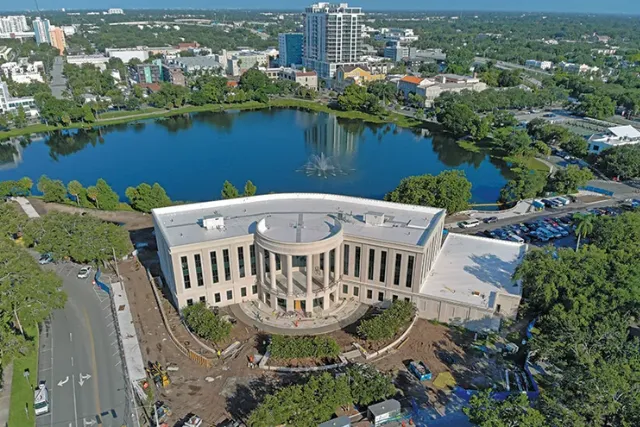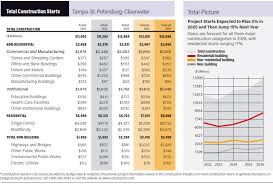
A sustained wave of growth across the greater Tampa-St. Petersburg area is fueling a regional construction boom, with Skanska leading the charge through projects in education, health care, and public infrastructure.

The population in Tampa Bay grew by over 270,000 between 2020 and 2025—a 7% jump—creating increased pressure for expanded housing, schools, hospitals, and transportation systems. Construction firms like Skanska have responded with a slate of high-impact projects throughout the region.
“Our team is incredibly proud to build this landmark courthouse strategically positioned to better serve the community,” said Chuck Jablon, senior vice president of construction for Skanska Florida, referencing the $59-million Second District Court of Appeals Courthouse in St. Petersburg. The facility is expected to be completed by fall 2025.
Tracy Hunt, executive vice president and general manager for Skanska Florida, noted that the population surge is driving major demand. “Tampa Bay’s population growth of roughly 7% from 2020 to 2025 added more than 270,000 residents and is thereby fueling demand for hospitals, schools, housing, airports and transportation,” he said.
“Florida’s rapid growth has made health care and K-12 education Skanska’s fastest-growing sectors, with major metros showing strong activity,” Hunt added. “However, high interest rates have slowed new housing and multifamily projects, though migration sustains demand in key areas.”

Education is one of the sectors seeing dramatic investment. Skanska has partnered with Hillsborough County Public Schools for more than two decades, delivering over 160 K-12 projects across Florida. The focus ranges from repurposing outdated schools in dense areas like Hillsborough and Pinellas counties to building new facilities in faster-growing, land-rich areas.
“K-12 construction is booming with renovations, expansions and retrofits,” Hunt explained. “These projects reflect the district’s commitment to future-ready education.”
Despite national concerns over inflation and workforce shortages, Skanska’s Spring 2025 Construction Market Trends Report indicates a stable environment in the Tampa region. “Overall costs, lead times and supply chains have stabilized,” the report notes, with “trade participation in pricing increasing.”
“As Orlando’s theme park construction slows, labor shortages are easing, improving workforce availability,” Hunt observed, signaling better access to skilled workers in the Tampa Bay area.
The report projects sustained demand for housing and institutional facilities, especially in education and health care. While the higher education project pipeline is showing signs of stabilization, “single and multifamily housing, health care and K-12 projects show no signs of slowing and continue to put pressure on the existing shortage of skilled trade workers.”
One key solution to labor shortfalls is investing in workforce development. Skanska recently completed the $41-million Plant City Technical College, a 52,000-sq-ft facility designed to educate 900 students in trades and tech.
“This addresses a statewide shortage, with 94% of construction firms struggling to fill onsite roles,” said Hunt. “The college helps narrow the skills gap and boosts economic growth.”
Additional training hubs, such as the Dr. Michael A. Grego Pinellas County Leadership Institute, are also helping prepare the next generation of construction workers.
Skanska expects continued modest construction growth into 2025, primarily driven by health care, education, and data center projects. Meanwhile, forecasts by Dodge Data & Analytics predict that residential, non-residential, and infrastructure construction will all experience healthy gains through 2026, particularly in multifamily and single-family starts.
Despite a softening in some segments, the overall market in Tampa-St. Pete remains resilient and forward-focused. “Workforce development centers like Plant City Technical College are addressing labor challenges by training a stronger local construction workforce for long-term stability,” Hunt said.
With demographic trends showing no sign of reversing, Skanska and other builders are preparing for a busy few years ahead.
Originally reported by Scott Judy in ENR Texas & Southeast.